Discover 7 hidden attractions, cool sights, and unusual things to do in Essex (United States). Don't miss out on these must-see attractions: Connecticut River Museum, First Baptist Church of Essex, and Centerbrook Congregational Church. Also, be sure to include Essex Historic District in your itinerary.
Below, you can find the list of the most amazing places you should visit in Essex (Connecticut).
Table of Contents
Connecticut River Museum
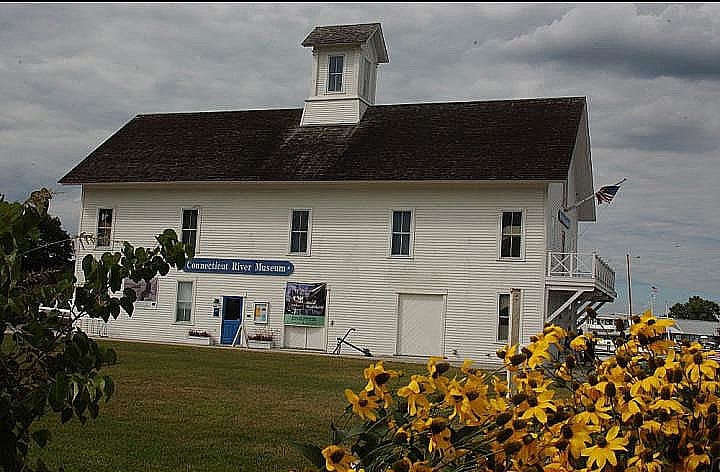
Cultural institute in Essex, Connecticut. The Connecticut River Museum is a U.S. educational and cultural institution based at Steamboat Dock in Essex, Connecticut that focuses on the marine environment and maritime heritage of the Connecticut River Valley.
The three-story Connecticut River Museum is located in a restored 1878 steamboat warehouse, which is now the only one of its type remaining on the river, and has been listed on the National Register of Historic Places. The museum opened to the public in 1975, with Connecticut Governor Ella Grasso as its first paid member and ex officio patron. The core of its collection came from the Wadsworth Atheneum in Hartford, Connecticut, which provided the museum with a loan of nautical artwork, navigation equipment and maritime-related artifacts.
The museum's main and third levels offer changing exhibits, while its second level is home to a permanent exhibition on shipbuilding, which includes historical maps and models of steamboats and exhibits on the piscine species in the Connecticut River.
The museum's collection also includes a full-scale replica of Turtle, the first American submarine, which was constructed in Essex in 1776 for use against the British in the American Revolution. The museum property also includes a boathouse and a research library. In December 1995, the museum was given a triangular 1-acre (4,000 m2) waterfront property, valued at US$910,000, in the neighboring village of Old Saybrook, Connecticut, by Bill and Victoria Winterer, who were among the museums co-founders. The property is used as a waterfront park managed by the museum. In 2011 the museum caught fire. They had to rebuild part of it.[1]
Address: 67 Main St, 06426-1150 Essex
First Baptist Church of Essex
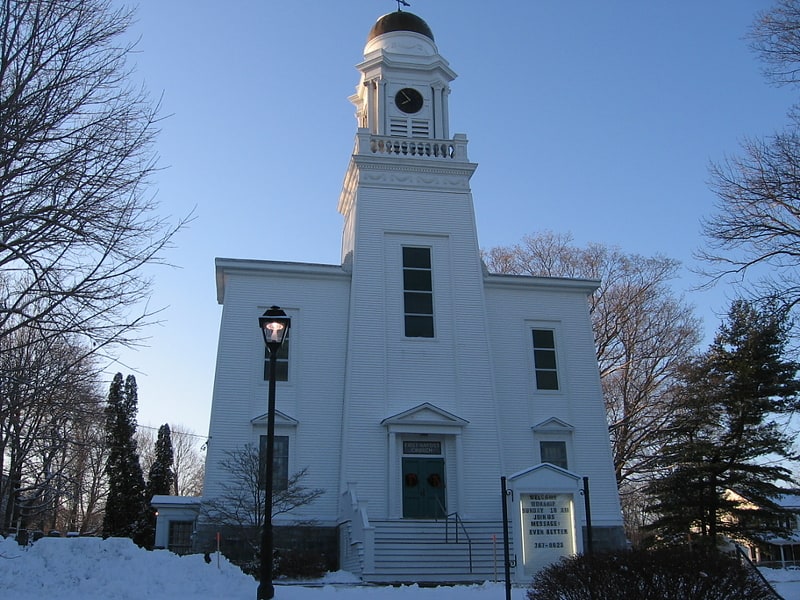
Baptist church in Essex, Connecticut. The First Baptist Church in Essex, Connecticut, built in 1846, is notable for being one of only three Egyptian revival churches known to have ever been built in the United States. The architect was Minard Lafever.
The handsome, white clapboard building features a tripartite facade, the central section of which is a frustum that rises to support the cupola. The church's original steeple was destroyed after being struck by lightning in 1925.[2]
Address: 10 Prospect St, 06426 Essex
Centerbrook Congregational Church
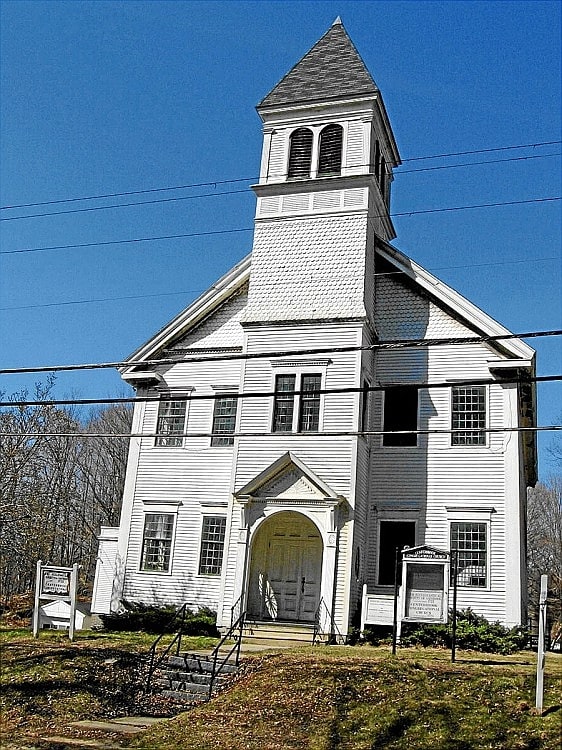
Church in Essex, Connecticut. The Centerbrook Congregational Church, also known as the Centerbrook Meeting House, is a historic church at 51 Main Street in the Centerbrook village of Essex, Connecticut. It is a single-story wood-frame structure resting on a granite foundation, which is set on a knoll on the north side of Connecticut Route 153. The main block was built in 1790, making it the oldest known church in Middlesex County and one of the oldest in the entire state. The building added to the National Register of Historic Places in 1987.[3]
Essex Historic District
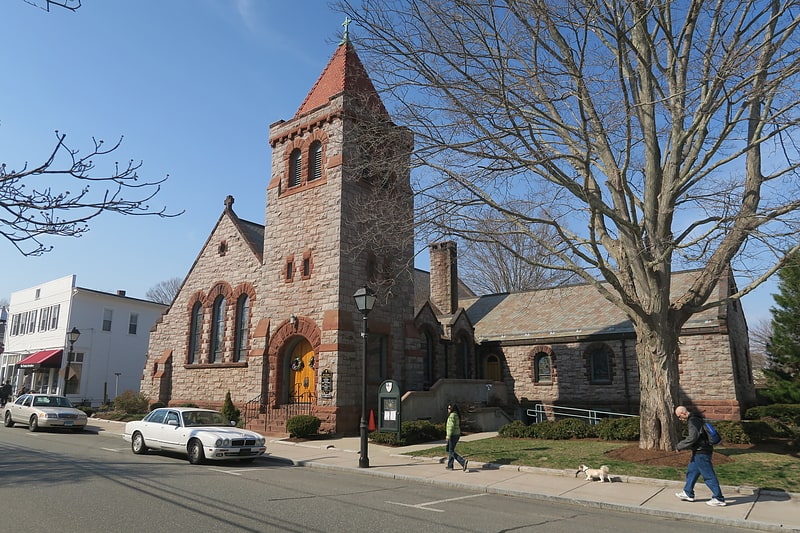
Essex Historic District was a proposed district, nominated for listing on the National Register of Historic Places in 1978. It would have included parts of Main, N. Main, S. Main, and W. Main Sts. in Essex, Connecticut.
The NRIS database recorded, on June 21, 1978, with reference number 78003525, that the district received listing status of DR, which means "Date Received/Pending Nomination". There apparently was no further National Register action, and the district was not listed.
Multiple internet webpages assert that Essex Historic District exists and/or was listed on the National Register, but those webpages appear to be incorrect. They apparently reflect incorrect interpretation of the National Register's NRIS database.[4]
Cooper & Smith Gallery

Art gallery, Museum, Shopping
Address: 10 Main St, 06426 Essex
Essex Library
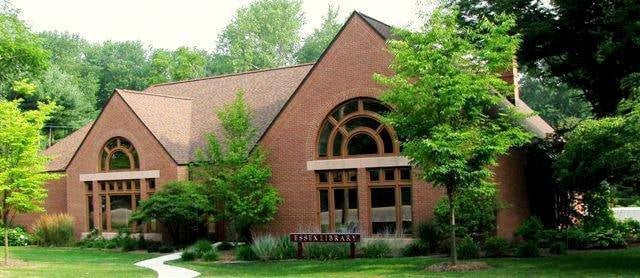
Library
Address: 33 West Ave, 06426-1139 Essex
Hill's Academy
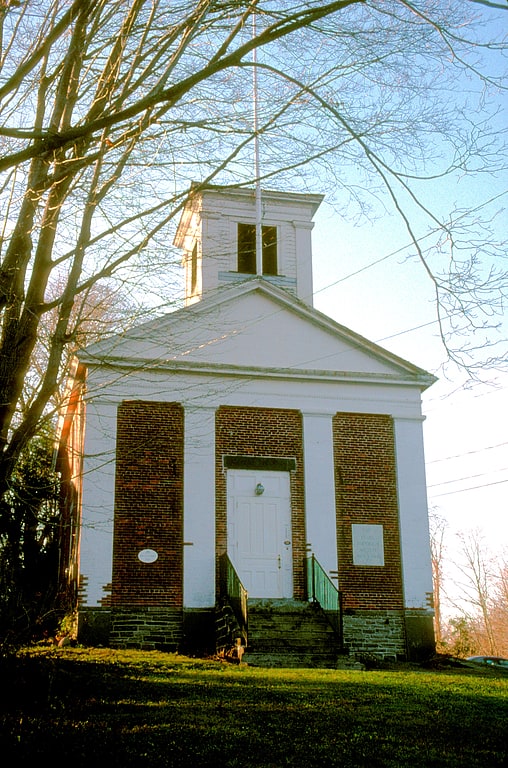
Museum in Essex, Connecticut. Hill's Academy is a historic school building at 22 Prospect Street in Essex, Connecticut. It is now the home of the Essex Historical Society, and was also historically known as the Red Men's Hall because it served as an Improved Order of Red Men lodge. It is a two-story Greek Revival building that was built in 1832, and was used as a school until 1910. It was used by the Improved Order of Red Men between 1915 and 1954. The town then established the Essex Historical Society to receive the property and to preserve local history. The building was listed on the National Register of Historic Places in 1985.
The academy building occupies a prominent location overlooking Essex's Main Street area, facing east on the west side of Prospect Street just south of the Congregational and Baptist churches. It is a two-story brick building, with a gabled roof capped by a squat single-stage belfry. The front facade is three bays wide, articulated by brick pilasters painted white, which rise to an entablature and fully pedimented gable. Pilasters are also found at the corners of the wood-framed belfry, which has rectangular louvered openings. The main entrance is in the central bay, while the flanking bays are blank. The interior has an entrance vestibule, from which narrow stairs wind to the second floor on the right. Each floor has a single large chamber, which functioned as classrooms during the building's academy phase. Original finishes include wood flooring and staircase trim.
The academy was founded in 1831 through the efforts of John Hill, a local businessman, and this building was completed the following year. It was one of the first secondary schools in southern Connecticut, providing the equivalent of a junior high school education to students from as far away as the states in the American South. By 1892, the town had an established public high school, and the academy was dissolved in 1902, its building turned over to the town.[5]